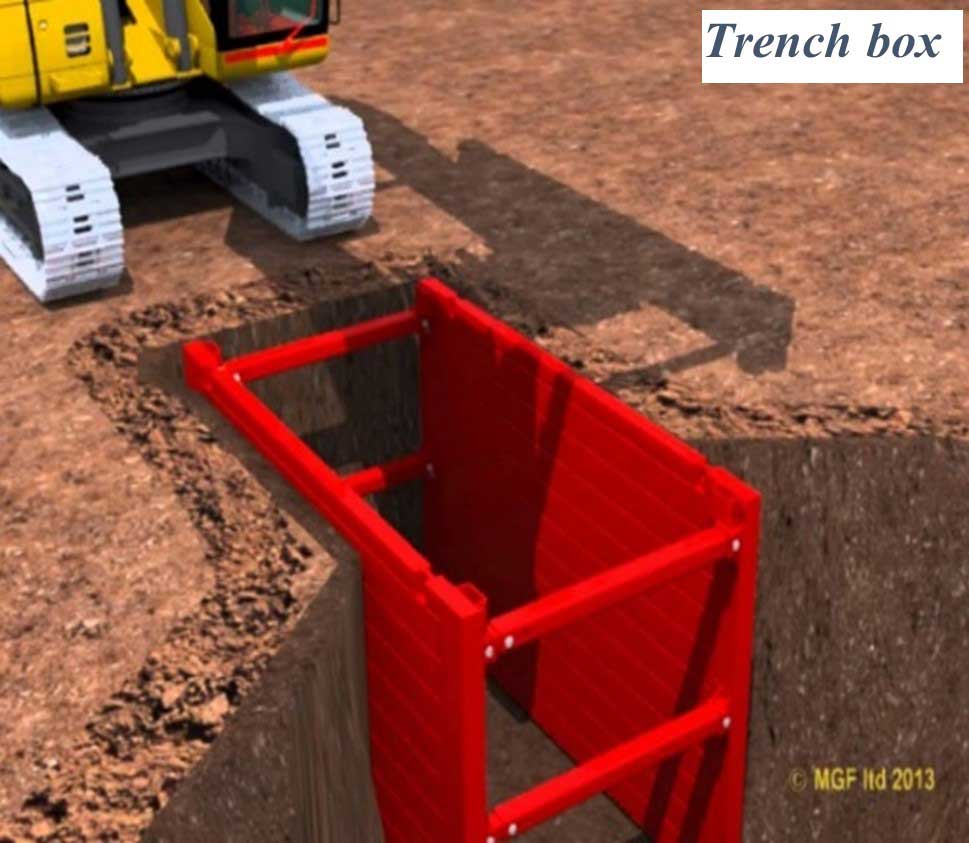The excavation of trenches is an important part of many constructions as well as engineering sites. The trenches are constructed to lay pipes, telephone lines, as well as any other tubular structure which must be buried underground, including oil drills. Trenching in these locations can be difficult due the amount of moisture present. It is not easy to wash all dirt off objects, but it’s extremely dangerous to expose skin to danger.
Trench boxes are necessary for any kind of repair that requires accessing the ground. They are also used to guard against collapse, contingent on the quality of soil and thicknesses used to construct them. Trench boxes made of steel or aluminum framing to keep it secure for a short period prior to installation while excavation takes place around them . Then, they are able to be completed by attaching grout between two layers, if required so that no cracks can form when properly installed at site the level, which can lead to expansion over time because of.

Pre Installation
Before you begin digging prior to digging, it’s important to be aware of the risks that could arise. This includes knowing the equipment required and how many people need access to the area, as well as thinking about whether there may exist alternatives to how the task could be done without risking life and limb (such minimally invasive techniques). A thorough risk assessment should be carried out prior to excavation inspections to ensure that any potential dangers can be easily identified prior to the event; this will help prevent any unanticipated complications later down the line.
Also, you should be aware of the depth of your trench. You’ll need assistance from sloping or shoring in the case of a 5 feet wide strips. But, if the hole is 20 feet deep it will require additional engineering. This is because of the lack of straight sides at the ends. Any structure that rises above the ground should be considered in light of the potential for foundation movement.
The trench’s access must be gained via steps or ladders. It is essential to have secure access within 25 feet of the workers throughout the day in case an emergency occurs. You could be necessary to test for low oxygen levels or toxic gases with the use of specially designed containers known as “trench boxes.” The assembly of these devices is easy, but they could increase the danger of stacking them over one another since it is impossible to know how high your piles are going to reach their vulnerable bottom.
Care: Caring for the trench
1. Make sure to inspect the trench box or support daily for signs of damage and any motion.
2. If working on site employees must be wearing protective gear and wear a steel-toed boot as well as high-visibility clothing.
3. It is recommended to keep heavy equipment and other tools at least three feet away from the trench edge.
Extraction
Because the earth surrounding trench boxes moves, it is more difficult to install than it is to take it out. For removal, you can employ chain slings. An overhead crane is another option.
1. Straight Pull Straight Pull: This is among the most basic methods for extracting materials. Attach your sling between the two points and then pull it out. It is not necessary to exert any force or unneeded movement.
2. Half Pull: When you use the half-pull method, secure it to just one side of the trench box, and lift as much as possible before switching to the other side. This should help you remove any dirt or debris from inside the trench box without causing any damage to your yard.
3. Single Pull Single Pull: Connect a single chain sling to the lifting/extraction point to shift the trench box. Then lift each panel separately by pulling one. Make use of your pull to lift the trench box.
For more information, click trench box
